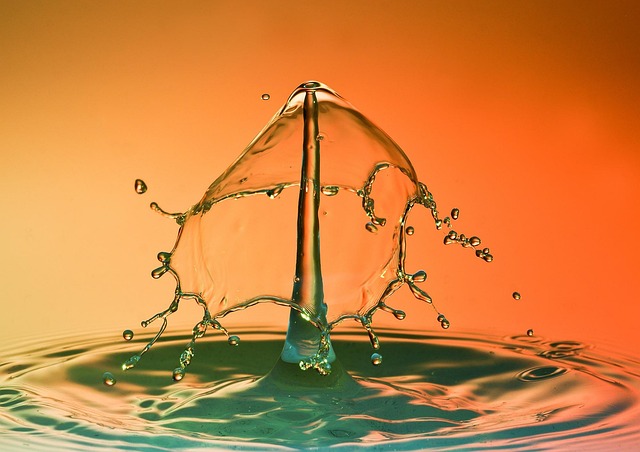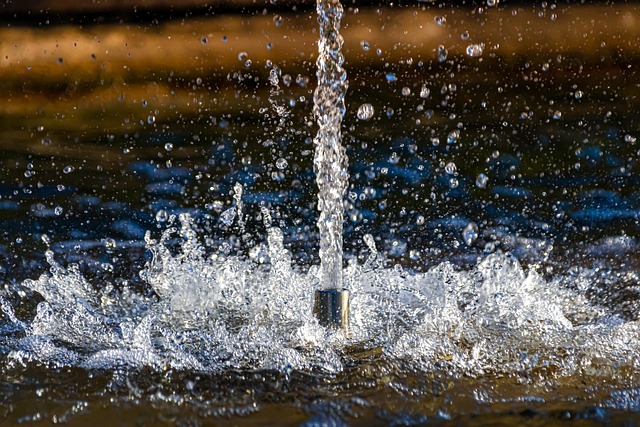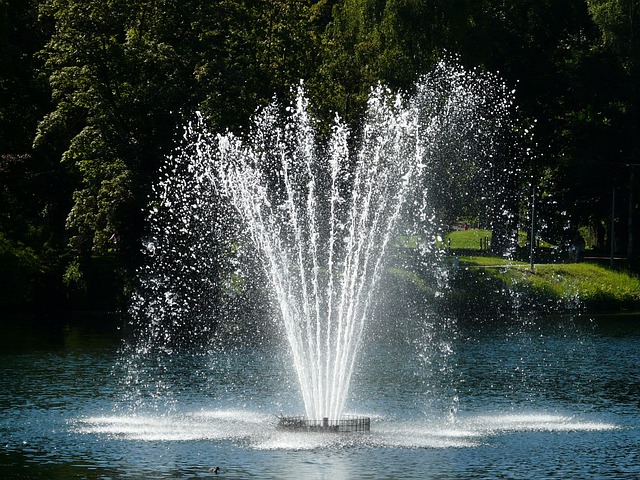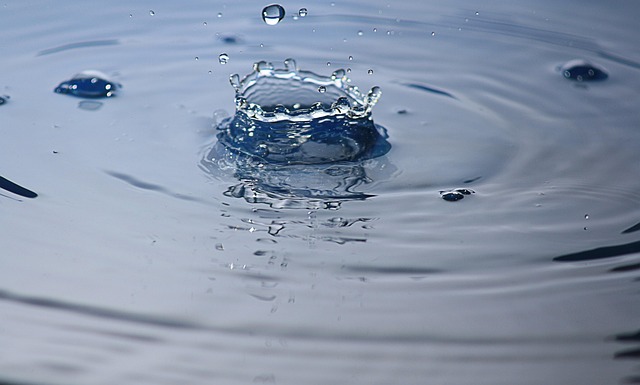Integrating backyard fountains as eco-friendly water features offers numerous advantages, including natural cooling, biodiversity promotion, and water conservation through recycled or rainwater usage. Solar-powered and recirculating fountains, paired with smart technology, enhance energy efficiency and customization. Using sustainable materials like recycled glass or stone for pathways further supports environmental responsibility. Regular maintenance, including proper filtration and eco-friendly cleaning, ensures the aesthetic appeal and environmental integrity of these water features while preserving their positive impact on local ecosystems.
Transform your backyard into an eco-friendly oasis with sustainable water hardscaping solutions. In today’s world, embracing green practices is not just a trend but a necessary step towards conservation. This article explores the benefits of integrating energy-efficient backyard fountains and choosing environmentally conscious materials for your landscape design. Discover how these choices can create beautiful, low-maintenance water gardens that blend functionality with sustainability, ensuring a tranquil retreat that respects nature.
- The Benefits of Eco-Friendly Water Features in Your Backyard
- Types of Energy-Efficient Backyard Fountains
- Choosing the Right Materials for Sustainable Hardscaping
- Maintaining Your Eco-Conscious Water Garden
The Benefits of Eco-Friendly Water Features in Your Backyard

Adding eco-friendly water features, such as backyard fountains, to your outdoor space offers a range of advantages for both you and the environment. One of the primary benefits is the natural cooling effect they provide during hot summer days. Unlike traditional air conditioning units, these water features can lower the temperature around them, creating a comfortable haven in your own backyard.
Moreover, backyard fountains promote biodiversity by attracting local wildlife with their gentle splashing sounds and shimmering water surfaces. Birds, butterflies, and even small aquatic creatures will find a home near these eco-friendly additions, enhancing the overall health of your local ecosystem. Additionally, they contribute to water conservation efforts by using recycled or rainwater, ensuring that precious resources are not wasted in your outdoor oasis.
Types of Energy-Efficient Backyard Fountains

Backyard fountains come in various types, each offering unique eco-friendly features that contribute to water conservation and energy efficiency. One popular choice is the solar-powered fountain, which harnesses the power of sunlight to circulate water, eliminating the need for electricity. These fountains are particularly versatile, suitable for smaller spaces, and can be installed almost anywhere with access to direct sunlight. Another efficient option is the recirculating fountain, designed to minimize water wastage by using a pump to move water through the system continuously. This type of backyard fountain is ideal for larger areas and provides a cost-effective solution while reducing energy consumption.
Additionally, smart technology has made significant inroads into fountain design, with advanced controls allowing users to customize settings such as water flow and lighting. These features not only enhance the aesthetic appeal but also enable efficient water usage. Some models even include sensors that activate the fountain only when necessary, ensuring water is conserved during periods of low activity. By combining these energy-efficient features, homeowners can enjoy the soothing sounds and beauty of a backyard fountain while contributing to a more sustainable environment.
Choosing the Right Materials for Sustainable Hardscaping

When designing eco-friendly water hardscaping, selecting sustainable materials is a key step in creating an aesthetically pleasing and nature-inspired outdoor space. Opting for locally sourced, recycled, or natural materials reduces the environmental impact of your backyard fountains and overall hardscape. For instance, using recycled glass or stone for pathways not only minimizes waste but also adds a unique, rustic charm to your garden.
Choosing materials that require less maintenance and energy is another way to make your hardscaping more eco-friendly. Consider low-flow water features like small backyard fountains instead of large, high-volume models. These sustainable options reduce water consumption while still providing the soothing sounds and visual appeal of moving water, enhancing the overall experience without compromising environmental responsibility.
Maintaining Your Eco-Conscious Water Garden

Maintaining an eco-conscious water garden goes beyond initial installation. Regular care is essential for keeping your backyard fountains functioning optimally while preserving their environmental benefits. Start by ensuring proper filtration to maintain clear water, which not only enhances aesthetics but also supports a healthy ecosystem within your garden. Remove any debris or leaves that accumulate on the surface to prevent stagnation and potential algal growth.
Regular cleaning of the fountain’s components, such as pumps and nozzles, is crucial. Use eco-friendly cleaning agents and tools to avoid introducing harmful chemicals into your water feature. Additionally, monitor water levels and top up as needed to account for evaporation, especially in warmer months. Regular maintenance not only keeps your backyard fountains looking their best but also ensures they remain a sustainable addition to your garden.
Integrating eco-friendly water hardscaping solutions, such as energy-efficient backyard fountains and sustainable materials, not only enhances your outdoor space but also contributes to environmental conservation. By choosing the right components and implementing proper maintenance practices, you can enjoy a beautiful, low-impact water garden that brings both aesthetic pleasure and ecological benefits to your backyard.
